Check Out These Gloves And…
…A Leather Education
Recently we heard from a guy named C.H. Judson who owns a company called Wood and Metal. The subject of his missive: gloves.
Gloves! A key part of any upland hunter’s gear, and one of the things we’ve had the toughest time finding – to our satisfaction. Admittedly, gloves are tough because everyone’s hands are different. But fit is one thing, we’re talking about performance.
And when you come right down to it, performance includes fit, as well as comfort, function (the ability to hold a gun solidly and take the safety off) and being the all-terrain tires of the birding world: They need to be able to handle whatever Mom Nature throws at us, even if they weren’t built to handle it.
In other words, if they get too wet, too dry, muddy, poked, prodded, scratched, etc., they can’t fold up and die or not work like they did before. Yet this is what we’ve encountered more times than we care to remember.
So when a guy mentions gloves, we’re interested in what he has to say. And when that guy is a bird hunter whose company sells hand-made, made-in-the-USA leather gloves built to his specs, we want to see ’em.
And see ’em we did, which is why you’re reading about ’em here. We haven’t hunted with them yet (dang it, we’re not heading out for another 2 weeks!), but in terms of advertised fit and finish – and the ability to handle a gun – they’re there. And as an added bonus, they’re not horrendously expensive.
So here’s a brief Q&A with C.H. that has some interesting info on different types of leather. He also has a pretty unique story about how he came by his dogs.
SBH: Give us a little background about your company.
C.H.: Wood and Metal was started as a no-nonsense route to quality products. We don’t carry every brand and option, only the ones we believe will serve you the best way possible for as long as possible.
We’re a young company but are seeing tremendous response and growth to our business, and look forward to continually trying to improve and simplify the availability of well-made products.
Most of the items we sell are proudly made in the USA, with the exception being a couple from Canada and England. A few of our vendors make their products locally within an hour drive of our headquarters [in WA]. We like to visit the manufacturers’ factories to see the craftspeople’s detailed quality work.
We serve customers who love the outdoors and who want the best tools to take with them on their adventures. A lot of our own interests are reflected in the store. For example, a love of upland bird hunting, shooting, gun dogs, off-roading and being well prepared in general.
How about your bird hunting?
My first bird hunting trip was grouse hunting with my dad and his close friend. It was a dogless trip in eastern Washington, with the only sighting being a blue grouse that disappeared quicker than any of us could react.
We had a wonderful yellow lab named Cory growing up – my dad trained her with a homemade dummy and she was a tremendous retriever. Unfortunately hunting wasn’t a top priority and her skills mostly went to waste. I loved the outdoors and enjoyed just about every activity imaginable in them, but something was always missing.
That changed 6 years ago. On a hike in the National Forest, my wife and I both stopped to relieve ourselves. We were both just finishing our business when two soaking wet, chubby, orange furballs came running over. I just stared as my wife picked up two 4-week-old Golden Field Retriever puppies. After a trip to the vet and a bath, our two new female puppies settled into their new home.
They changed our lives, as all dogs do to new dog owners. The biggest change came from their love for birds. I began training them as flushing retrievers, and after eight books and 1 year we took them hunting. Their first trip was in eastern Washington. After a lucky double on hungarian partridges and their subsequent retrieval, I felt accomplished – and hooked.
Over the years our passion for upland bird hunting has grown, and the dogs have been lucky enough to have some professional training at Whitewater Gun Dog Training in Oregon.
We now spend every possible moment in the field during hunting season. We spend the beginning of the season hunting grouse, then chukar, huns, quail and pheasant in Washington and Oregon. Once it cools down we hunt quail and the occasional pheasant in California.
Tell us about your gloves.
The first pair of Geier Gloves I bought were for my wife, to use for bird hunting. I had a couple different pairs from different big-name companies, and couldn’t justify buying myself another pair at the time. Big mistake.
One pair of my $60 gloves didn’t last one day of grouse hunting. The other ones soon followed suit and ended up in the trash. My wife continued to hunt with her gloves happily, and I understood her joy after she picked up a pair for me.
Those were Geier’s deerskin driving gloves. I hunted with these for a few years until I loaned them to a friend, who still uses them today.
So when Wood and Metal was launched, I called Geier Glove. I’d been impressed with their quality and the gloves’ usefulness far beyond western wear and roping. They fit perfectly into the concept of the store.
You offer gloves made out of different types of leather. How are they different?
Let’s start with goatskin. It’s tough, which enables it to be thin, and is the most abrasion-resistant of any of the leathers. It has excellent water-handling characteristics and stretches to the form of your hand, providing a snug fit.
I had to train myself not to take my goatskin gloves off because you can leave them on for most anything requiring nimbleness. It’s a great glove for shooting, upland bird hunting and off-roading, and they fit nicely into a back pocket.
Kangaroo is the the strongest of any gloving leather. Its abrasion resistance second only to goat. It’s lightweight and durable, so like goatskin it can be thin – for a high degree of dexterity – without tearing.
It has superior water resistance, keeps your hands dryer and warmer longer, and dries quickly while staying soft and retaining its shape. It also has good sweat resistance to prolong the life of the glove.
Kangaroo gloves are soft and flexible, though they don’t stretch as much as other leathers. Wood and Metal kangaroo gloves are designed specifically with upland bird hunters in mind, but are equally at home for a myriad of tasks.
Elkskin is soft, very thick, puncture-resistant but low dexterity. They’re the perfect glove for barbed wire and blackberries. I wear a pair for any project where protection is a priority over agility.
Deerskin is very soft for excellent comfort. It stretches easier than goatskin or kangaroo, which means a looser fit, and is less abrasion- and tear-resistant than goatskin or kangaroo. My first pair of Geier Gloves were deerskin, and I wore them happily for a couple seasons as they aged beautifully with bird blood and gun oil. I only replaced them with a new pair after a friend borrowed them and is now using them himself.
More
> We’ll be using two Wood and Metal gloves in the field this season. One pair is kangaroo leather with a 100% merino wool liner. C.H. says, “The merino wool liner is painstakingly sewn in with a custom matching kangaroo leather binding, and is like a glove of its own. The liner keeps your hands warm and comfortable, and absorbs the moisture that gets through the leather.” The other pair is the goatskin ropers.
> Other gloves coming soon are at least one color option for the wool lined kangaroo glove and an unlined kangaroo glove.
> C.H. wanted us to mention that gloves made from animal leathers will sometimes have small scars that don’t affect their performance – but a Serious birder will scar ’em up anyway.
> He personally tests all products before he carries them “to make sure they live up to their reputation. For example, we’re starting carry the Randolph Engineering Ranger XLW Premium shooting glasses with medium yellow, brown and copper polarized lenses. This lens set is put together specifically for the bird hunter, unlike the color ranges that come from the big box stores.”
> Here’s how to measure your hand for your glove size. Note that Jay measured an 8.5, and even though he doesn’t have long fingers likes 9s better. If you’re unsure, head to a local tack/horse shop which should have a good size selection.
> Here’s C.H.’s interesting blog post about how the gloves are made.
Category: Gloves, Wood and Metal

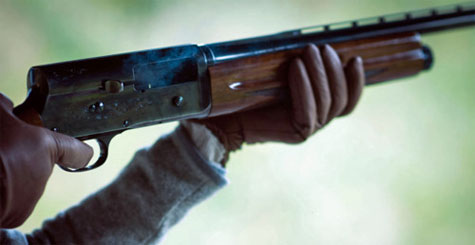

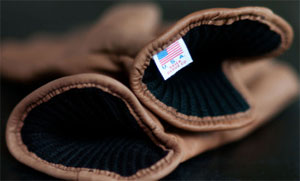
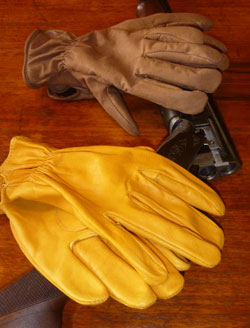




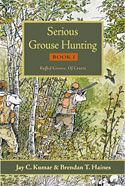
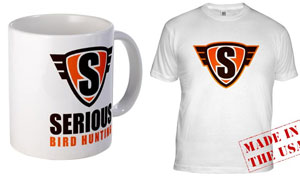
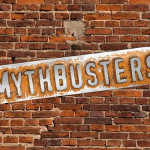
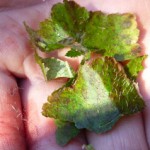
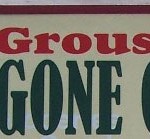
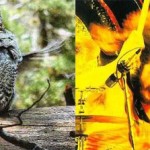
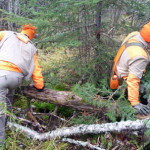
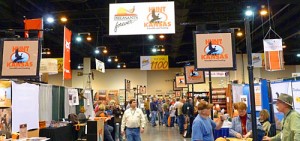
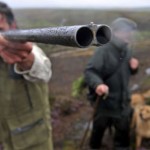
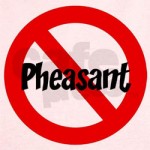
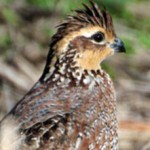
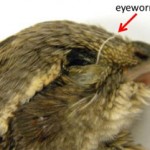

I just picked up a pair of the goatskin gloves from Wood & Metal, and the shipping/customer service was top notch! The gloves are beautiful, and well, fit like a glove! I can’t wait to get out in the woods for some grouse hunting this weekend to give them a try. Thanks for turning me on to the Geier gloves.